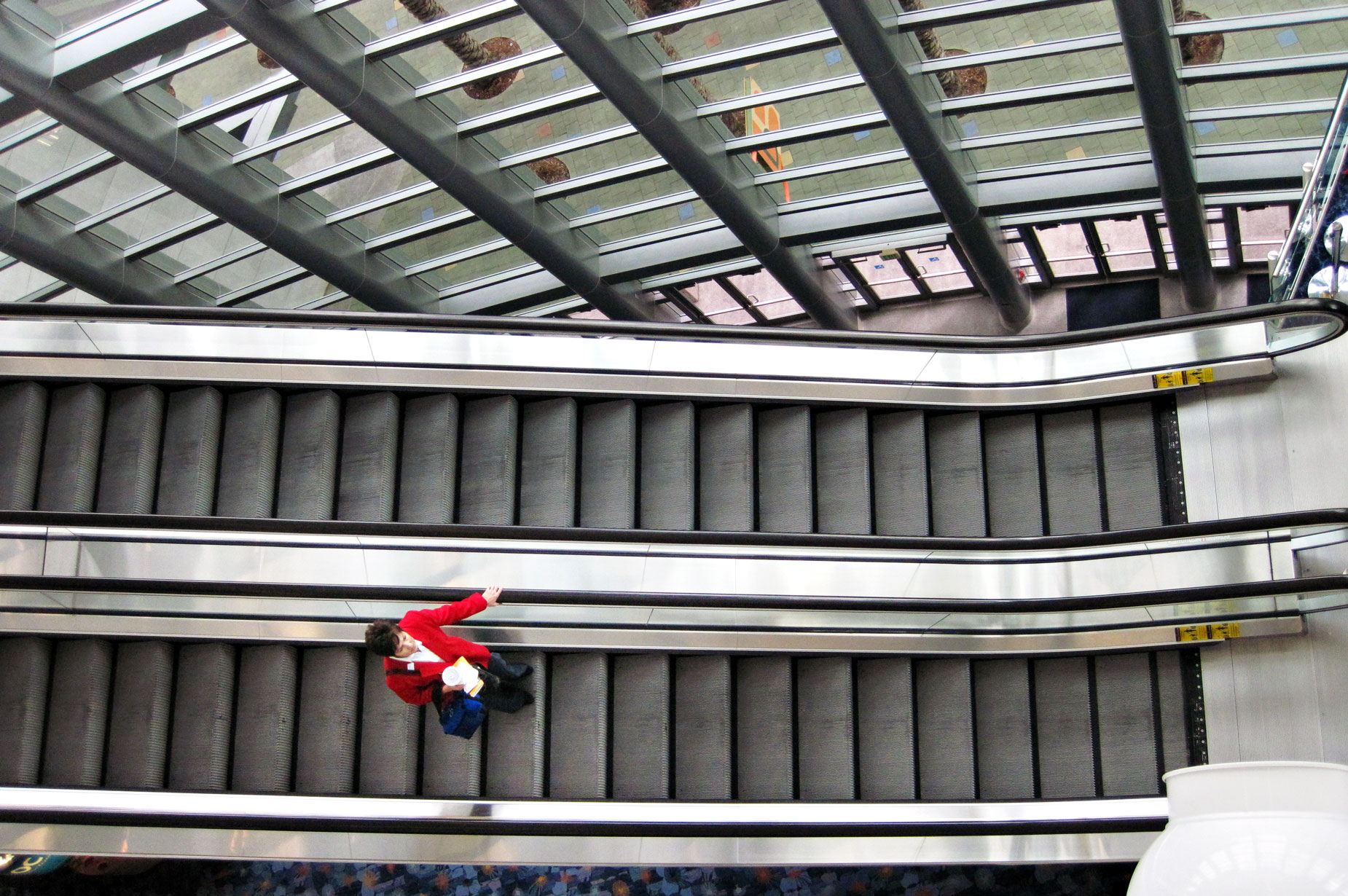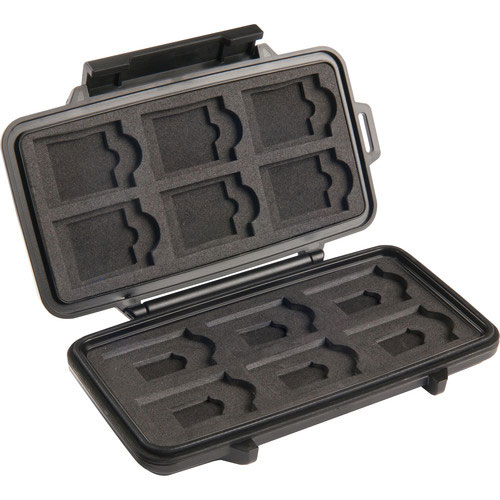Today’s Post by Joe Farace
Life is like an escalator. You see, it carries you on regardless. And you might as well enjoy the view and seize every opportunity while you’re passing. Otherwise, it’ll be too late.—Sophie Kinsella
Back when everybody shot film—and this is probably just as true today—photo labs would often receive a roll of 36-exposure film from customers for processing and when the prints rolled off their FujiFilm Frontier (or whatever) it would contain photographs that were made during Christmas, Easter and Vacation—all on the same roll. This happened so often— I used to work at a mini-lab in the eighties— that it eventually got a nickname: CEV Syndrome. Whether you shoot film or digital, don’t let that happen to you.
Avoiding CEV Syndrome
These days memory cards may be cheap and fast but they’re not perfect. Some photographers may think a card’s speed and performance are the only important aspects that it needs for digital capture but the kind of card also affects the overall impact on your imaging workflow, including reading and copying files with a card reader. Don’t think that problems can’t occur. They can. All flash memory has a limited number of write/erase cycles and electrons sometime get trapped where they’re not wanted and voltage levels can shift, eventually causing failure. And sometimes cards simply wear out.

How I Made this Photograph: I had a Canon PowerShot D10 with me when I was at the Anaheim Convention Center. I was hanging out my friend Jack and leaning over a railing and saw this escalator. I told Jack, “Now all I need is someone wearing red to come along.“ After a few minutes this lady appeared and I was able to make two exposures, including this one.
In a post on my car photography blog called Avoiding Memory Card Problems, I wrote about a memory card problem that was solved by using the camera itself as a card reader, connecting it to my computer and copying the files onto my hard drive. Card failures occur but this time it was caused by the camera itself, a Leica Q. Click the link to learn more about what happened.
I had another memory card failure—it’s inevitable—that I wrote about in a post called Tips from the Goodguys 20th Colorado Nationals. Around that time, I had so many problems with Lexar SD cards that I quarantined all of them. Since I wrote that post for my car photography blog, Micron discontinued Lexar’s product portfolio, including memory cards. The brand was later acquired by Longsys who teamed up with a group of former Lexar executives to produce new Lexar memory cards. If I get a chance to test one of their new cards—I’ve asked them—I’ll write a review about the cards. So far, I’m still waiting.
Here’s a few tips to avoid the kinds of problems that I encountered:
 Don’t remove the card when saving or viewing images. This seems as obvious as not sticking wet fingers in a light bulb socket but more than once I’ve had to salvage images from a corrupted card for a neighbor who had a bad habit of doing this.
Don’t remove the card when saving or viewing images. This seems as obvious as not sticking wet fingers in a light bulb socket but more than once I’ve had to salvage images from a corrupted card for a neighbor who had a bad habit of doing this.- Don’t remove a memory card when turning your camera on or off.
- Don’t change your memory card when the camera is turned on.
- From time to time, take the time to reformat the card. This simple step can prevent a card from becoming corrupted.
- Don’t purchase off-brand memory cards. Really good cards from really good companies may cost slightly more but are worth the pain and misery they avoid.
- When buying new cards, place them along with others in a sturdy card holder. I use the indestructible Pelican Memory Card Case. It costs around $35 and is cheap insurance against any kind of physical damage.
If you enjoyed today’s blog post and would like to treat me to a cup of Earl Grey tea ($2.50,) please click here. And if you do, thanks so much.